a guide
Workforce optimization
Need to uplevel your agents and supervisors? Dialpad Ai Contact Centre + Playvox's integration gives you all your workforce optimization needs—and then some. Book a product tour to see how it works!
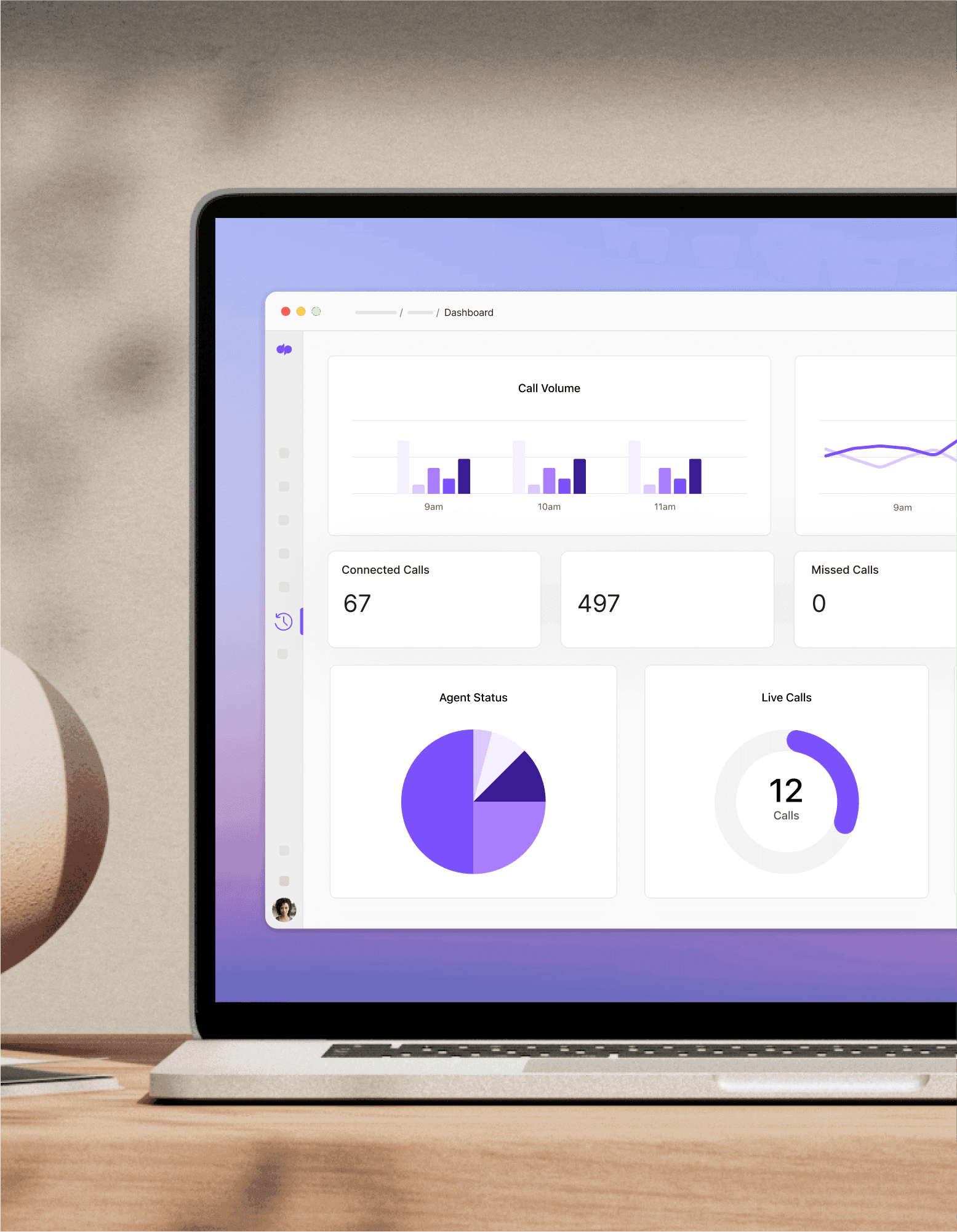
To run a successful contact centre, the most important piece of the puzzle is your contact centre workforce.
They’re your biggest investment—most of your expenses go to hiring, paying, and supporting these agents—and if your business strategy doesn’t have a big chapter dedicated to contact centre workforce optimization (WFO), you’re at best missing out on a huge opportunity and at worst, making a costly mistake.
But today, “Workforce Optimization” and, by extension, “WFO solutions,” are no longer the only terms that people use when they talk about things like operational efficiency, employee engagement quality monitoring, cost-effective optimizations, and so on in a contact centre. (Some industry analysts still use “WFO,” but Gartner has moved onto “WEM,” and they're the biggest enterprise analyst.)
Now, you’re more likely to see “Workforce Engagement Management” or WEM, which is the more modern interpretation of “Workforce Optimization.”
In this guide, we’ll look at what WFO is, which aspects of it are now considered outdated, and what you need to know about WEM in order to provide an excellent agent and customer experience.
What is Workforce Optimization (WFO)?
Workforce Optimization, or WFO, describes a set of strategies and processes that aim to maximize employee productivity, quality, and efficiency so that a contact centre can perform at the highest level.
(Specifically, Gartner defined it as the software category that did all of these things, which it then renamed WEM.)
Workforce optimization software
Workforce optimization solutions tended to be unified technological ecosystems that included features like:
Quality management
Performance management
Voice of the Customer tools
And more…
The evolution from WFO to WEM
Whereas WFO aimed to “optimize” employees operationally to provide the best customer experience, the emergence of WEM represents a critical shift in focus towards employee engagement as the key to achieving this.
Improving the operational performance of agents remains crucial, but given the correlation that we’re observing between agent engagement, performance, and ultimately, customer experience, driving engagement is now the main priority for contact centre leaders.
This is where WEM software comes in.
✨ UPLEVEL YOUR CONTACT CENTRE
Grab the Contact Centre Playbook, which breaks down everything you need to know, from setup to staffing to optimizing—with examples from real contact centre teams across different industries.
What exactly is WEM, and why is it better than WFO?
In a time where automation and self-service technology are leaving only the most expertise-driven and complex inquiries to agents, they have more responsibility and power than ever before to build—or break—customer relationships.
Equally, today’s Millennial and Gen Z workforce has much higher expectations for career progression, development, and maintaining a good work/life balance:
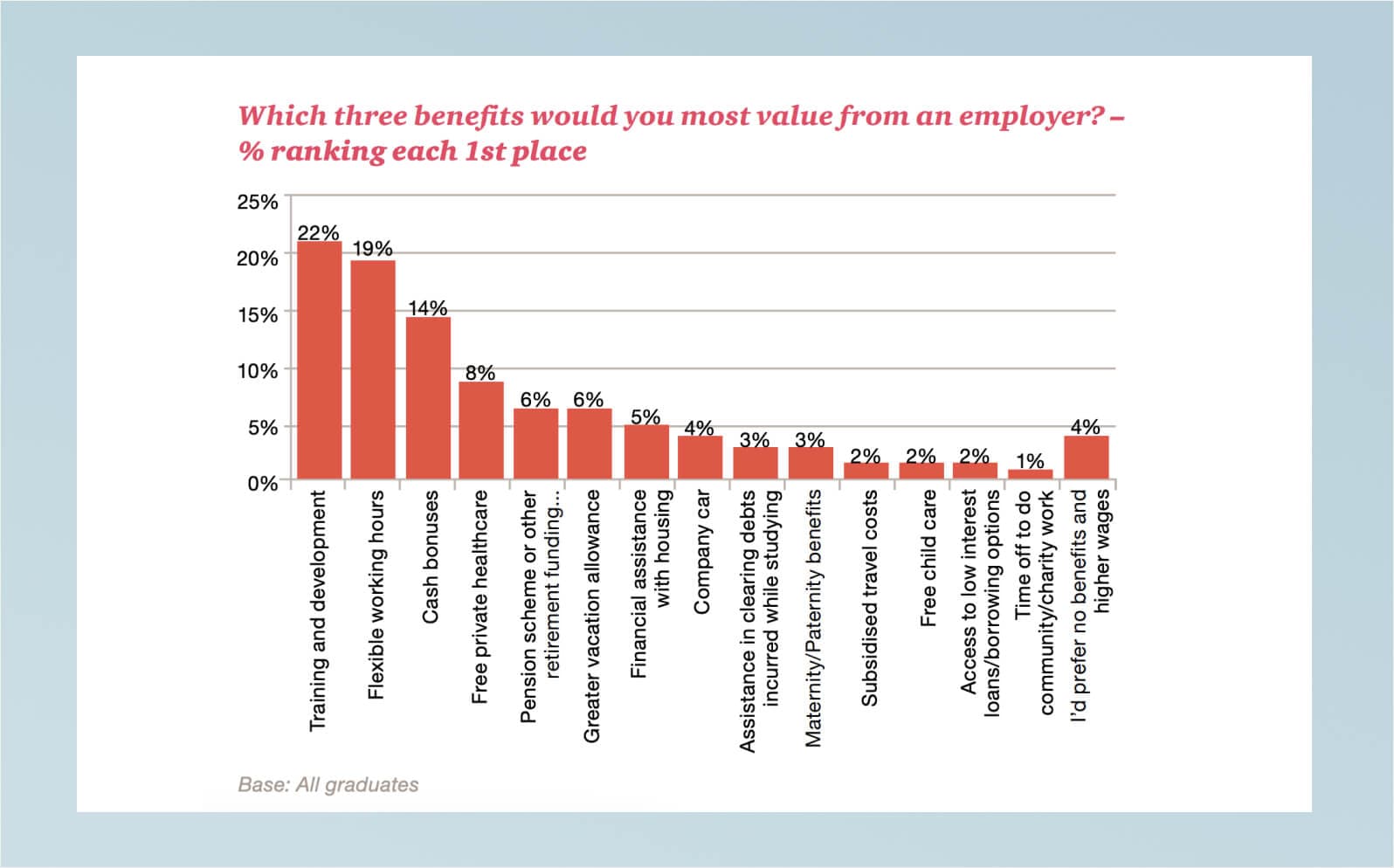
These factors make the shift in priorities towards employee engagement critical, and WEM places agent engagement at the centre of performance and quality optimization efforts to reflect this.
WEM revolves around opening up communication channels (you’ll see many mentions of “omnichannel”) to ensure employees’ voices are heard and training, developing, and motivating staff to retain a talented workforce and get the best out of this.
WEM software tends to include support for not only quality and performance management, but also:
Recruitment and onboarding
Evaluation and improvement
Time management
Assistance and task management
Metrics and recognition
The Voice of the Employee (VoE)
Gamification capabilities
With the right contact centre or call centre software, you’ll be able to more effectively improve employee engagement—beyond basic functionality like automatic call distribution (ACD), interactive voice response (IVR), speech recognition, advanced call routing, in-call coaching, and reporting and post-call analytics.
👉 Dialpad tip:
All contact centre vendors offer Workforce Engagement Management (WEM) at some level, but Dialpad + Playvox provides the highest-rated (by G2) and most comprehensive, AI-powered WEM solution suite for 50+ seat contact centres. You’ll get seven workforce solutions in one fully integrated suite, offering much more value than a disparate collection of solutions from multiple vendors.
Which elements of WFO are outdated?
As the contact centre workforce has gotten younger (with 27% of agents now aged between 20-30) and turnover rates have reached a costly 30% average, one thing has become clear: An approach that treats agents as only tools to be optimized in order to deliver the perfect customer experience and achieve business goals is pretty out of touch.
With employee well-being ranking as a top trend for importance in Deloitte’s Global Human Capital Trends study, and 80% of survey respondents identifying it as very important to their organization’s success, the need for a more human focus in workforce management has never been more urgent.
Focusing exclusively on these three things is one reason why Gartner decided to shelve WFO as an outdated strategy and software category. That’s not to say these aren’t important—but rather that other things like employee voice and experience should be considered too.
Quality management
Quality management made up a crucial part of workforce optimization, with performance metrics closely tied to top-priority objectives. The aim of this was to ensure that your workforce was delivering consistent service levels at all times—meaning continuously great customer-agent interactions.
Dialpad actually lets supervisors set a service level notification so that if service levels ever dip below a certain threshold, they’ll get notified automatically:
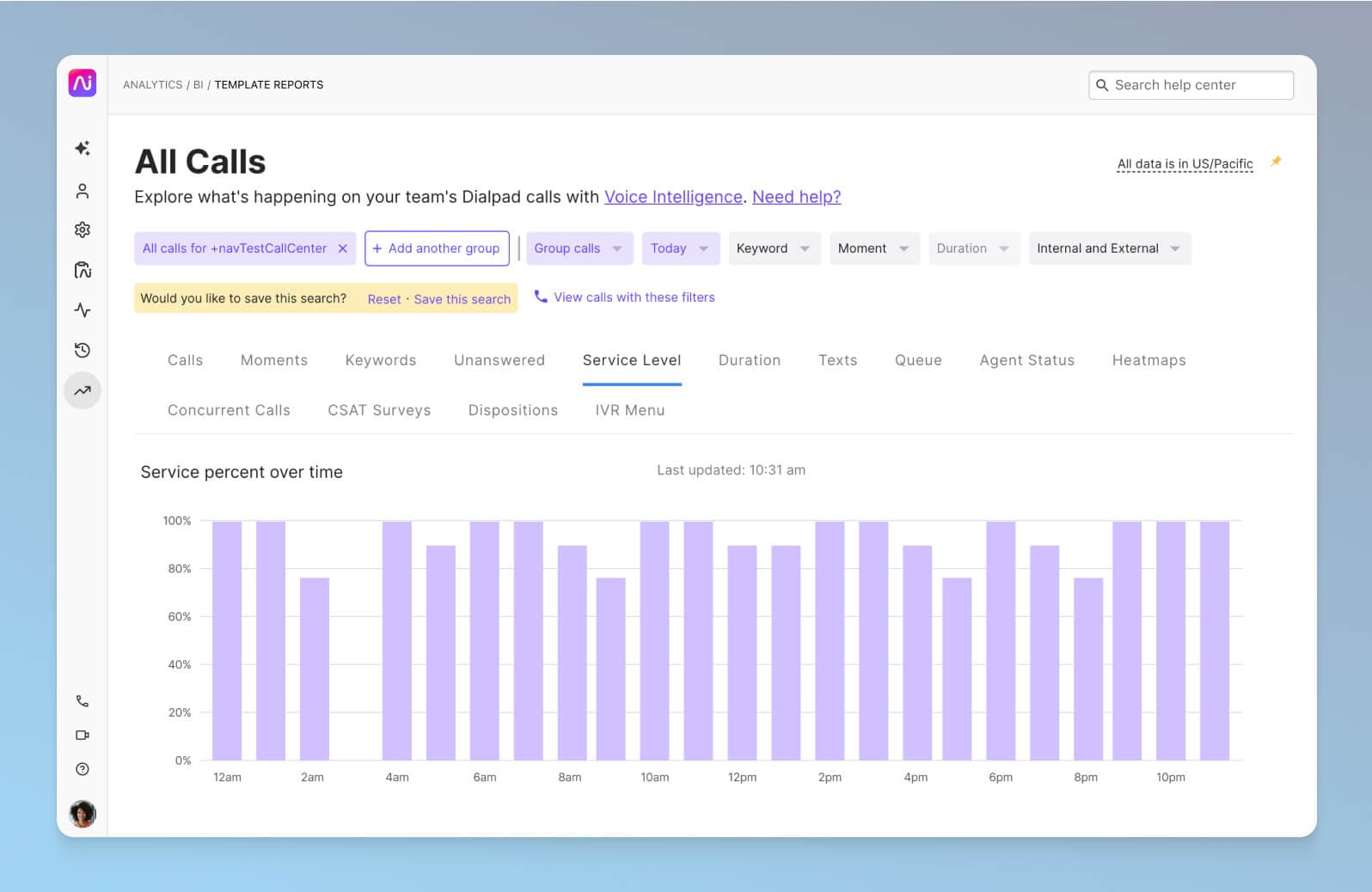
A robust quality management strategy included:
Quality and performance - Centralizing your customer engagement interactions and integrating seamlessly with customer service and CRM platforms.
Voice of the Customer (VoC) - Uniting CSAT with agent performance to gauge business execution and identify skill gaps and agent training opportunities to improve the customer experience.
For smaller teams, QM software helped management review and moderate agent-customer interactions.
For larger teams with more complex workflows, WFO solutions were fairly limited.
Of course, Quality Management is still a critical element of a robust WEM strategy. The focus of this, though, has shifted under WEM to “Evaluation and improvement,” with the emphasis now placed on coaching and e-learning, agent self-assessment and visibility, and gamification for the sake of employee development:

Voice of the customer (VoC)
VoC is all about gathering valuable customer feedback to help organizations capture exactly how their clients feel about the products, services, and experiences on offer.
This was prioritized as part of a WFO strategy to establish what was going well within a business and what could be done to enhance the customer experience in line with specific customers’ expectations.
VoC was seen as key to building strong brand-customer bonds and fuelling long-term customer loyalty and retention.
VoC was used to help businesses:
Identify issues early
Assess new ideas, products, or concepts
Adjust customer service according to what your customers want
Increase customer loyalty and retention
Make your customers feel heard and valued
Instead, WEM places its value on measuring the Voice of the Employee to gain an insight into employee sentiment and engagement and retain and motivate agents. Effective VoE solutions collect and analyze employee opinions, ideas, and requests to allow businesses to engage with these and make agents feel heard and valued.
Performance management
Performance management formed a key part of WFO to help businesses stay on track towards achieving their goals. This strategy involved monitoring and measuring your entire operation and honing in on specific employees to monitor and moderate individual performance.
The goal was to get a comprehensive view of performance by tracking agent data, customer data, contact statistics, and any other relevant backend data.
Principal processes of performance management as part of Workforce Optimization included:
Automated data collection
Ability to integrate data from different sources via open APIs
Actionable insights across your entire organization
As part of a WEM strategy, employee performance management now comes under the more engagement-friendly heading of “Metrics and recognition.” Beyond the features that made up a performance management strategy in WFO, interaction analytics, detailed reporting capabilities, and supervisor/manager metrics now make up an effective WEM strategy.
Key elements of a WEM strategy
WEM builds on WFO to improve employee engagement by offering:
Workforce Management
Workforce Management (WFM) comprises a set of processes that help you supercharge the performance levels of your business. These include:
Forecasting - Observing real-time data to improve decision-making around agent demand.
Scheduling - Establishing the most efficient schedule to meet workplace demands and maintain a seamless workflow in the face of unexpected changes or circumstances.
Adherence - Monitoring the extent to which agents stick to their schedules throughout the day.
Reporting - Using dashboards and reports to help supervisors gather performance data and understand operations more easily.
Providing mobile solutions - Enabling agent self-service for leave requests, work availability, timesheets, and shift swaps so that they can spend less time on administration.
The Playvox WFM integration with Dialpad equips you with advanced workforce management capabilities to optimize your entire agent team. You’ll be able to improve real-time contact centre forecasting, agent planning, and scheduling.
For companies with 50 contact centre agents or more, this will help you reduce staffing costs by having only the right agents available at the right times to serve customers.
Employing intelligent workforce management solutions is the best way to make the most of your employees’ time and individual skill-sets.
With Dialpad’s skills-based call routing, calls are directed to the most appropriate agent for the job so that your customers will be guaranteed the best experience possible:
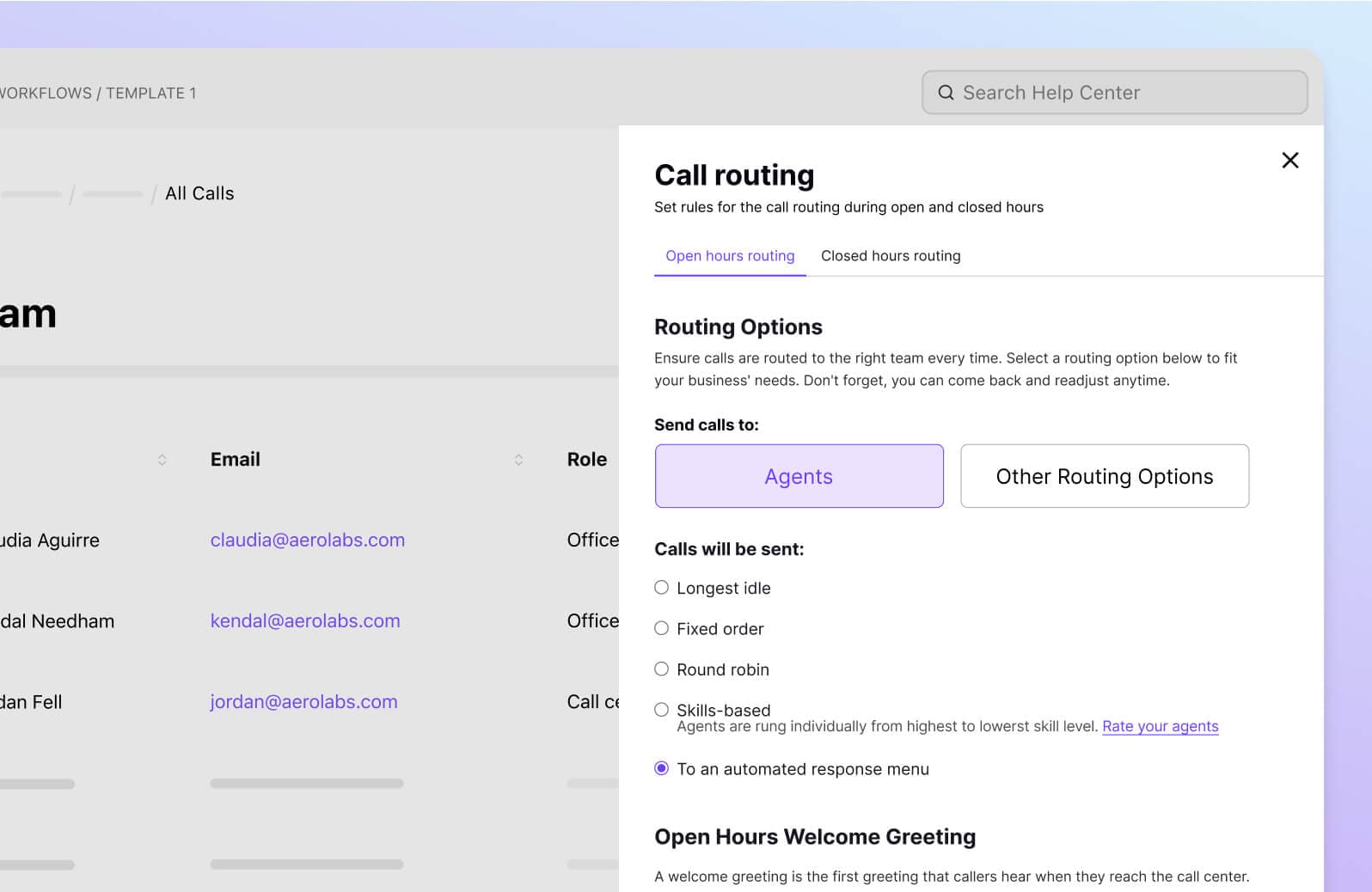
Interaction analytics
Analytics play a key role in WEM. Interaction analytics are gathered by identifying keywords during employee-customer interactions. This could be during a phone call, live chat or social media exchange, or email interaction.
For example, Dialpad Ai Contact Centre has not only a call recording feature (you can automate it or toggle recording on and off manually), but also an easy way to track conversational and voice analytics. These types of interaction analytics will enable you to identify common reactions from callers (compliments, complaints, questions, etc.). And ultimately, it allows managers to better understand the customer journey, expectations, and pain points.
There are two key types of interaction analyses: speech and text.
Speech analytics
Speech analytics will identify keywords throughout a customer-agent voice interaction and pick out key insights.
Dialpad’s sophisticated AI equips you with these exact capabilities. For example, its Custom Moments feature enables you to select and track keywords or phrases when they come up in phone conversations for historical trend reporting, reviewing calls, and coaching:
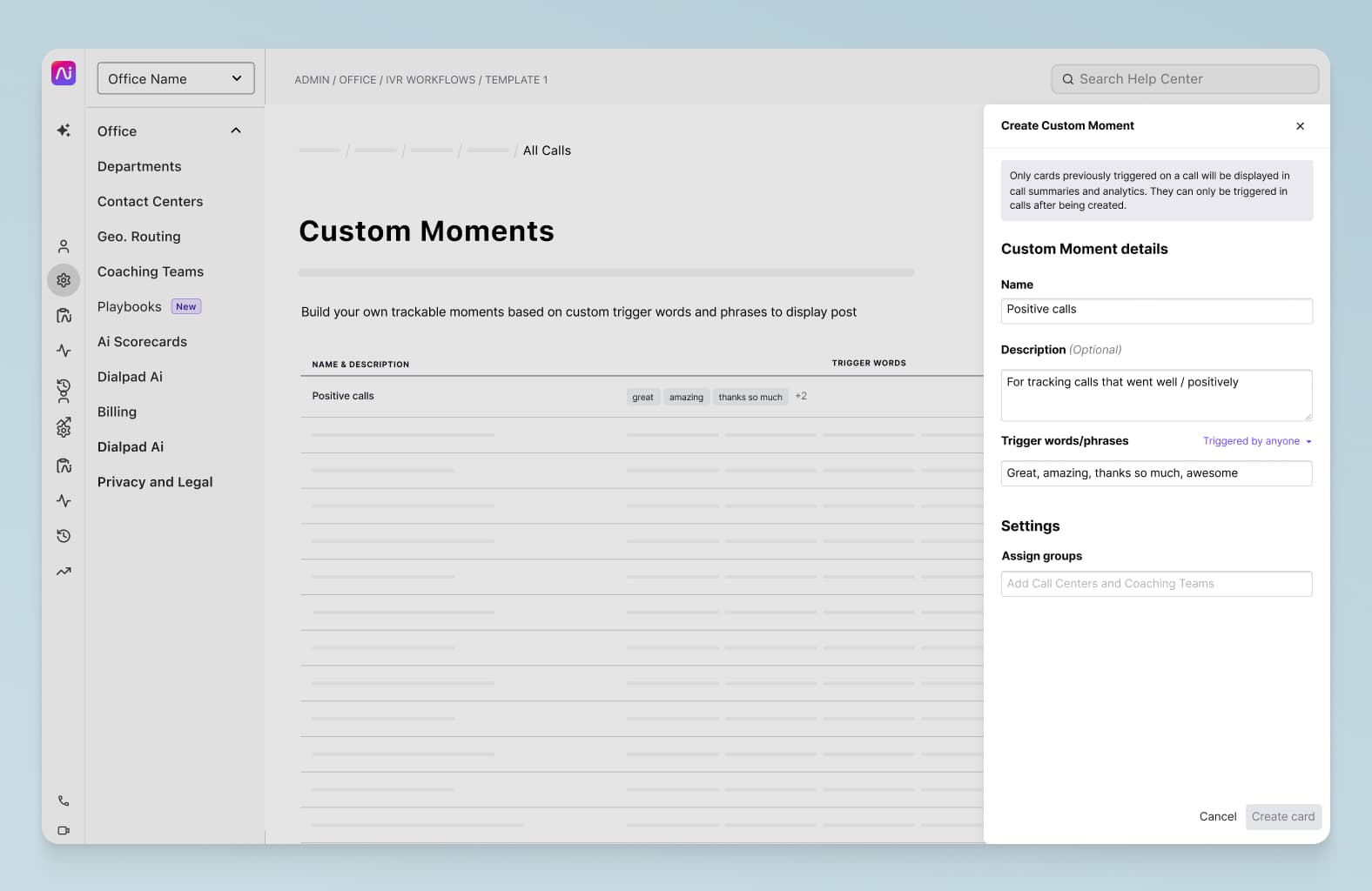
You can also turn on alerts to notify admins and supervisors of their use in real-time. (This comes in particularly handy for training!)
Text analytics
Much like speech analytics, text analytics scans written conversations between customers and service agents for keywords and picks out key insights.
Training and development
WEM platforms look to improve your agents’ skill sets by creating instructional courses and learning paths.
Dialpad’s partnership with Playvox allows you to create multi-media and interactive content, with customizable learning paths to encompass all learning styles and types of employees, wherever these are based so that you can onboard new team members, introduce new concepts, and close skill gaps with ease.
You can also track the effectiveness of your training offerings to keep employees engaged and learning.
Motivation
WEM helps you keep your workforce operating at peak levels by giving them goals to reach and rewarding their wins.
Dialpad + Playvox lets you recognize and reward agents for delivering exceptional customer experiences by sharing their accomplishments on your community wall.
It also allows you to create and customize your own "Karma Store" to make sure agents feel rewarded for their performance.
It helps keep agents engaged by allowing them to earn points and badges based on quality scores, learning courses, coaching sessions, or other metrics you track in the system.
Coaching
Create training courses, quizzes, and interactive coaching cards to organize your coaching sessions easily, track the progress of sessions and agents' improvement over time, and enable agents to offer feedback.
Improve employee engagement—and customer satisfaction will follow
Whether your business is in financial services or retail, engaging your workforce requires time and effort. Central to achieving a truly optimized and engaged workforce and blending customer requirements with the voice of the employee is having the right tools for the job.
Thanks to Dialpad’s partnership with Playvox, which adds advanced Workforce Engagement Management (WEM) capabilities to Dialpad Ai Contact Centre, your supervisors and agents can access robust features and integrations to achieve agent enablement, empowerment, and satisfaction (and ultimately, a higher level of customer satisfaction.).
Looking for a workforce optimization solution?
Book a product tour to see how the Dialpad + Playvox integration can give you all your contact centre + WFO needs in one integrated platform!








